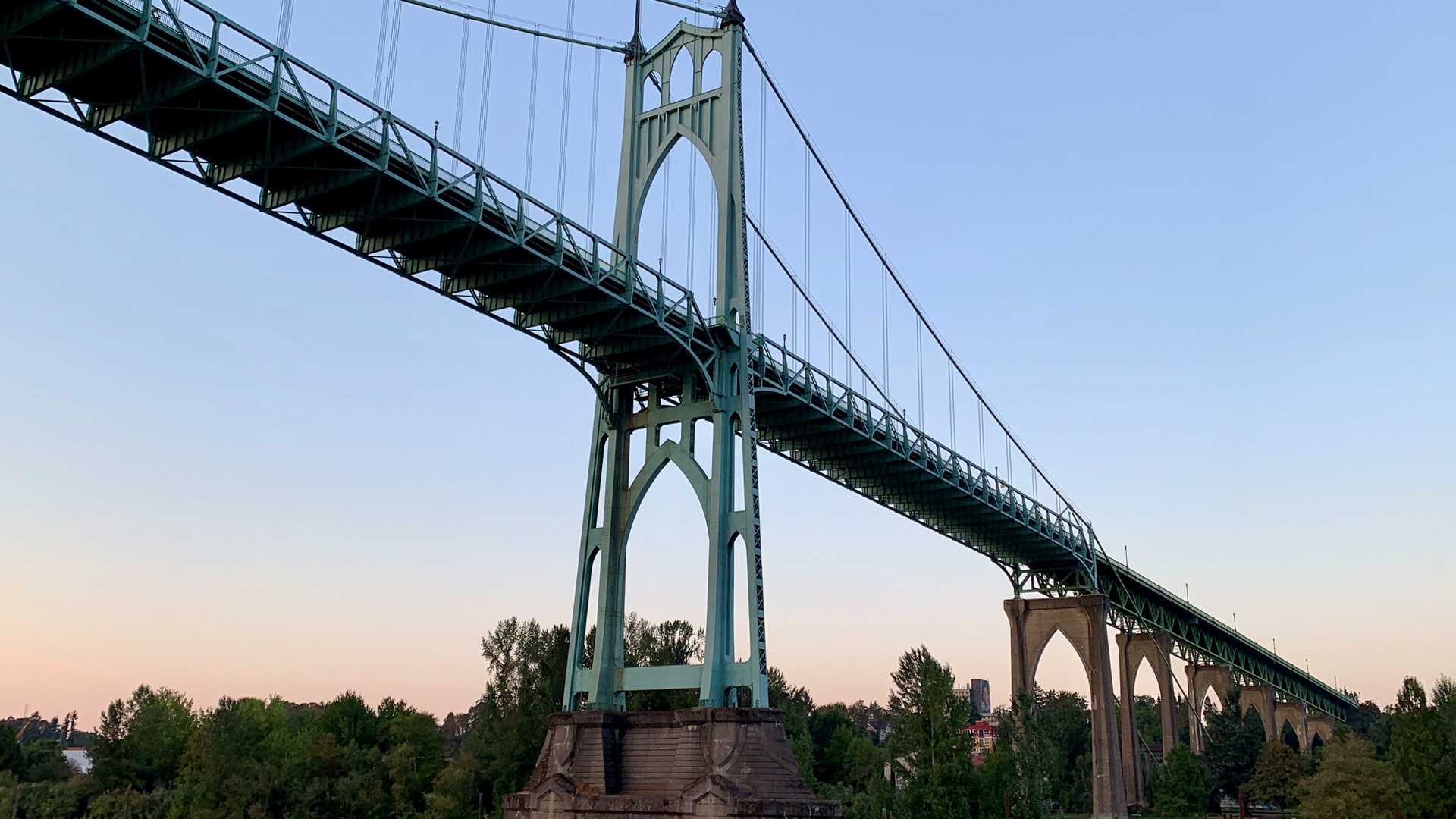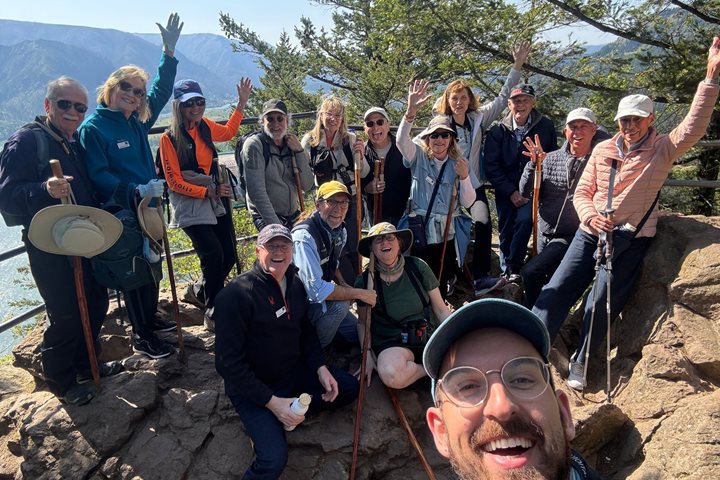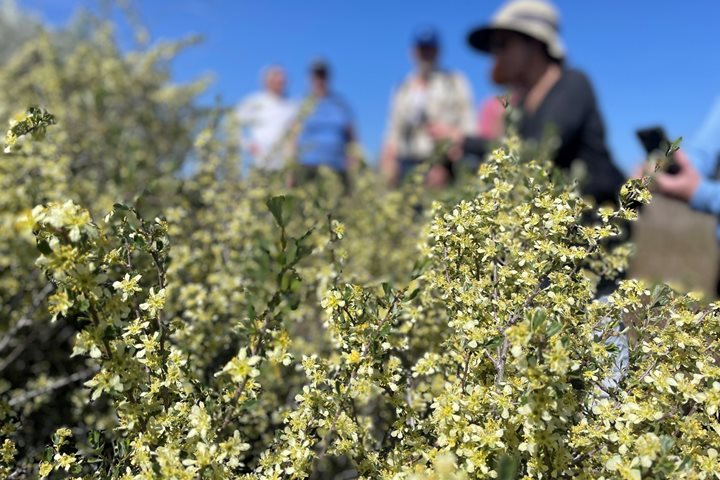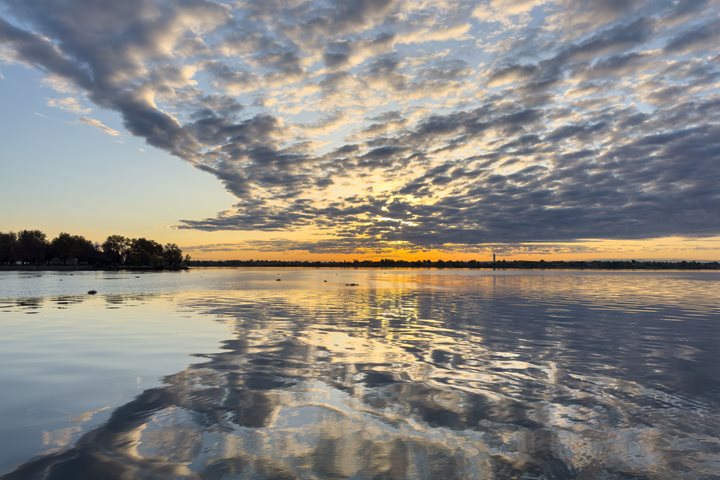After departing Portland, Oregon last evening, National Geographic Quest sailed down the lower Columbia River in lovely, calm, and clear conditions to Astoria, where the “Great River of the West” meets the North Pacific Ocean. We spent the day exploring both the human and natural histories of this region. Although the area was home to Native Americans for thousands of years, much of the northwestern portion of North America was unknown to Europeans until the late 18th and early 19th centuries. Not long after ship-borne explorers from Spain, Russia, Great Britain, and the United States drew in the outlines mapping the coast, Meriwether Lewis and William Clark led the Corps of Discovery across the plains, over the mountains, and down the river from the east to this area, their westward most point. For us, a short bus ride away on the north side of the mouth of the Columbia River, the Washington State Park at Cape Disappointment includes dramatic headlands, massive spruce trees, sandy beaches, and the fascinating story of the expedition as told at the Lewis and Clark Discovery Center. In Astoria, we visited the Columbia River Maritime Museum, which filled in the story of exploration, commerce, fishing, and timber that shaped this region. We reveled in the expansive views at the Astoria Column perched on a hill above town.
4/24/2025
Read
National Geographic Sea Bird
Hood River
Unseasonably warm and dry weather continued to grace us as we proceeded with our expedition down the Columbia River. The morning was crisp as we disembarked in Hood River, Oregon, but quickly warmed up as we boarded our coaches. Our explorations began at Multnomah Falls, the number one tourist attraction in the state of Oregon. After we experienced this astounding cascade, some of our guests proceeded to Beacon Rock for a scenic climb up this 800-foot tall, aged lava plug. Others went to the Bonneville Fish Hatchery where we visited a local icon, Herman the sturgeon. Then both groups of explorers met at the Columbia Gorge Interpretative Center for Syncline wines and an overflowing helping of intriguing local history. As the superb weather continued, we voyaged back to National Geographic Sea Bird for a lovely afternoon of classic cruising down the Columbia River. Guests enjoyed the sun on deck or an engaging presentation on how climate change is affecting migratory birds. Complimentary water-level views of Multnomah Falls followed, and our last transit through a lock of this trip – a lovely passage through the Bonneville Lock and Dam. Photos by Doug Crispin and Alex Rubenstein







